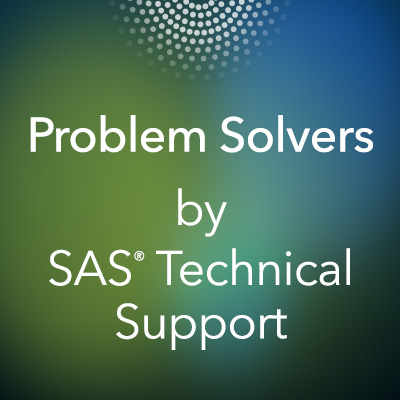“If two or more quantities vary in sympathy so that movements in one
tend to be accompanied by corresponding movement in the other(s), then
they are said to be correlated” – Conner.
Now if that in itself sounds like a complicated definition, then
let’s try this, “Correlation is a mutual relationship or connection
between two or more things.”
Correlation is really one of the very basics of data analysis and is
an important tool for a data analyst, as it can help define trends, make
predictions and uncover root causes for certain phenomena.
There could be essentially two types of data you can work with when determining correlation:
Univariate Data: In a simple set up we work with a
single variable. We measure central tendency to enquire about the
representative data, dispersion to measure the deviations around the
central tendency, skewness to measure the shape and size of the
distribution and kurtosis to measure the concentration of the data at
the central position. This data, relating to a single variable is
called univariate data.
Bivariate data: But it often becomes essential in
our analysis to study two variables simultaneously. For example, a>
height and weight of a person, b> age and blood pressure, etc. This
statistical data on two characters of any individual, measured
simultaneously are termed as bivariate data.
In fact, there may or may not be any association between these bivariate
data. Here the word ‘correlation’ means the extent of association
between any pair of bivariate data, recorded on any individual.
Now let’s discuss the four types of correlation:
- Positive correlation
- Negative correlation
- Zero correlation
- Spurious correlation
Positive correlation: If due to increase of any of the two data, the other data also increases, we say that those two data are positively correlated.
For example, height and weight of a male or female are positively correlated.
Negative correlation: If due to increase of any of the two, the other decreases, we say that those two data are negatively correlated.
For example, the price and demand of a commodity are negatively
correlated. When the price increases, the demand generally goes down.
Zero correlation: If in between the two data, there is no clear-cut trend. i.e. , the change in one does not guarantee the co-directional change in the other, the two data are said to be non-correlated or may be said to possess, zero correlation.
For example, quality like affection, kindness is in most cases
non-correlated with the academic achievements, or better to say that
intellect of a person is purely non-correlated with complexion.
Spurious correlation: If the correlation is due to the influence of any other ‘third’ variable, the data is said to be spuriously correlated.
For example, children with “body control problems” and clumsiness has
been reported as being associated with adult obesity. One can probably
say that uncontrolled and clumsy kids participate less in sports and
outdoor activities and that is the ‘third’ variable here. At most times,
it is difficult to figure out the ‘third’ variable and even if that is
achieved, it is even more difficult to gauge the extent of its influence
on the two primary variables.
Now that we have understood the basics, look out for my next post
which will delve deeper into the correlation coefficient and its
properties.
In the meantime if you want to further your understanding of statistical techniques, check out my previous posts on Time Series Analysis.
Epoch Research Institute Links:
Email us: info@epoch.co.in
SAS Training & Placement
Programs with Internship: Epoch Research Institute India Largest and Oldest
#SASTraining Institute (#epochsastraining)
EPOCH RESEARCH INSTITUTE OFFERS:
Authorized SAS TRAINING | SAS
CERTIFICATION | SOFTWARE PURCHASE | BUINESS CONSULTING | TECHNICAL SUPPORT ON
SAS || SAS STAFFING SOLUTION
Label:
#SASELEARNING,#SASELEARNING,#SASONLINETRAINING,
#SASONLINETRAININGFORBEGINNERS,#LEARNSASPROGRAMMINGONLINE,
#SASCLINICALONLINETRAINING,#SASBASEONLINETRAINING
#BIGDATASASTRAININGEPOCH,#SASBIGDATATRAINING
#EPOCHRESEARCHINSTITUTE, #SASTRAINING, EPOCH SAS FEEDBACK,


No comments:
Post a Comment